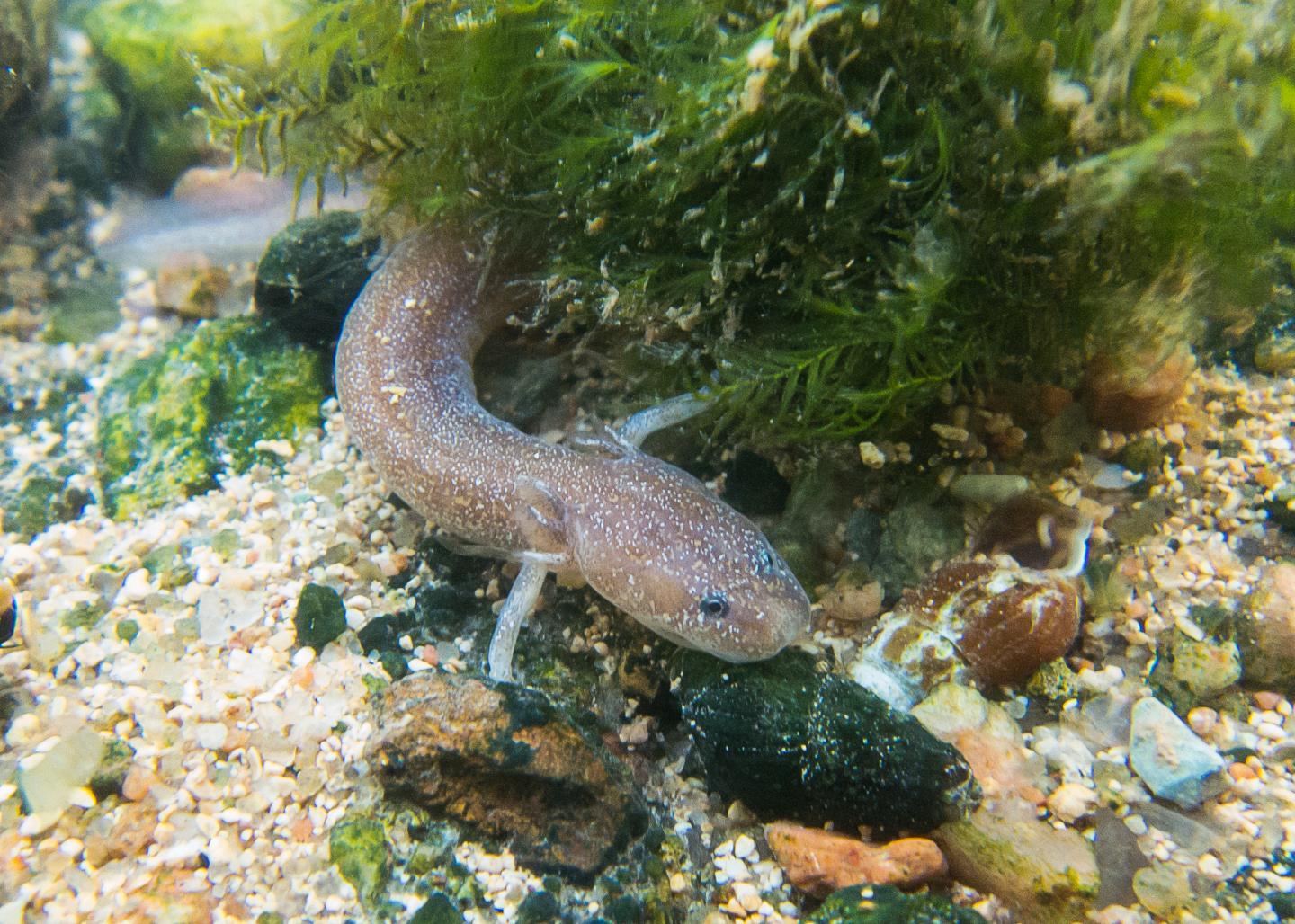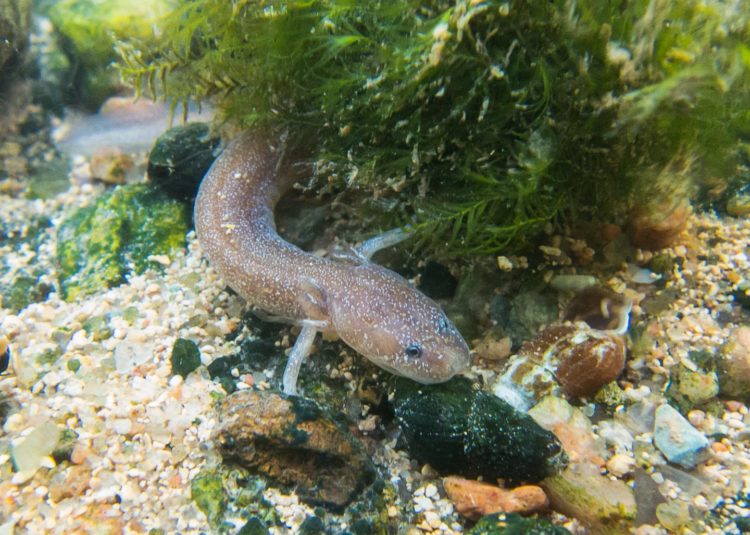New tool pinpoints conservation targets

Credit: Nathan Bendik, City of Austin
KNOXVILLE –The best bargains for conserving some of the world’s most vulnerable salamanders and other vertebrate species can be found in Central Texas and the Appalachians, according to new conservation tools developed at the National Institute for Mathematical and Biological Synthesis (NIMBioS) at the University of Tennessee, Knoxville.
The study involves a suite of computer algorithms that surf across many different kinds of data to create maps of top priorities and projections of what species would benefit the most from increases in conservation dollars.
An interdisciplinary team of computer programmers, biodiversity data scientists, conservation decision makers, economists, and others from around the globe convened at NIMBioS to develop the optimization tool, which was published in the journal Ecological Applications.
Determining where the best protection payoffs are to be found has traditionally been a challenge for conservation, especially when budgets are stretched thin.
“The challenge for conservation practitioners is how to best combine many really disparate kinds of data and do so in a way that lets them compare possible options for protection–the goal being to find opportunities where conservation efforts offer the greatest bang for the buck,” said the study’s lead author, UT Professor of Ecology and Evolutionary Biology Paul Armsworth.
The algorithm considers data including land acquisition costs, future development patterns, budget allocations for conservation, and the presence of threatened species.
The new approach could prove valuable to conservation and natural resource managers looking to optimize conservation dollars.
“It’s basically a giant bargain-hunting formula for biodiversity conservation,” said Joe Fargione, science director for the North American region at the Nature Conservancy, a leading conservation organization. “The authors are finding important bargains–places where the most good for the most species can be done, sometimes at very low cost.”
When comparing many possible scenarios and models, the researchers found that some priority areas for protection arose repeatedly. In the United States, those appeared to be in counties around Austin, Texas, and parts of the southern Appalachians.
The unique geology and complex groundwater systems around Austin provide habitats for highly specialized species. Many salamander species found there occur nowhere else in the world, with some receiving protection under the US Endangered Species Act because of their vulnerability to extinction.
The ancient mountains of southern Appalachian Mountains provided a refuge for species through past Ice Ages. The rich topography and diversity of habitats in the region provide a global hotspot for many different groups of species.
“Both areas offer very good deals if you only have a limited budget to work with and are trying to protect vulnerable species. Adding more protection into these places wouldn’t be too expensive. And these habitats could be in trouble in the future if additional protection isn’t undertaken,” Armsworth said.
###
The National Institute for Mathematical and Biological Synthesis is a National Science Foundation-supported center that brings together researchers from around the world to collaborate across disciplinary boundaries to investigate solutions to basic and applied problems in the life sciences. NIMBioS is supported through NSF Award #DBI-1300426 with additional support from the University of Tennessee, Knoxville.
CONTACT:
Catherine Crawley, NIMBioS, 865-974-9350, [email protected]
Paul Armsworth, UT, 865-974-9748, [email protected]
Media Contact
Catherine Crawley
[email protected]
865-974-9350
Original Source
http://www.
Related Journal Article
http://dx.





